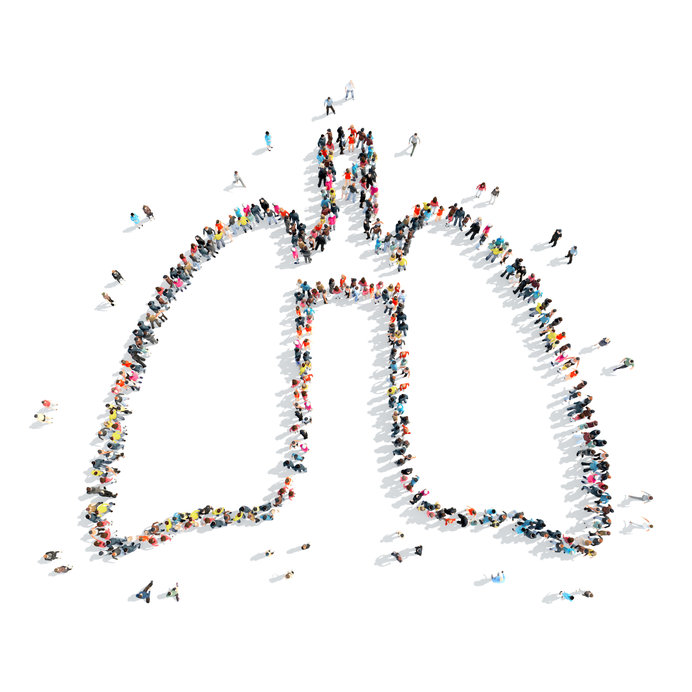
Patients presenting with suspected drowning in the emergency department
31st January 2022
Causes of Shortness of Breath that should be considered in the Emergency Department
22nd February 2022A patient presenting with acute chest pain needs a quick and definitive assessment to ensure they receive the correct treatment promptly. These possible causes need to be considered as a priority:
ACS
Acute coronary syndrome (ACS) describes a trio of heart conditions whereby the heart has a sudden marked reduction in blood flow to the heart. An urgent 12-lead ECG (electrocardiogram) may identify T wave inversion, ST segment elevation and pathologic Q waves – each of which may or may not be present depending on the condition:
1. Non-ST elevation myocardial infarction (NSTEMI) (also considered a non Q-wave pathology myocardial infarction)
2. ST-elevation MI (STEMI) (ST-elevation is seen within hours and pathological Q waves are seen from hours to days)
3. Unstable angina
Cardiac enzymes, including troponin, also need to be taken in bloods to diagnose ACS as a normal ECG does not rule out ACS.
Once a an ACS diagnosis is confirmed, treatment aims to firstly reduce the chest pain experienced and then reperfuse the damaged heart tissue. Antiplatelet therapy (eg., aspirin or ticagrelor), anticoagulation (fondaparinux), beta-blockers (verapamil) and nitrates (GTN spray) are often administered.
Pulmonary Embolism
A pulmonary embolism (PE) occurs when a blood clot blocks the blood flow in the lungs. It may be that the clot originated there or has passed up from the leg, having started as a deep vein thrombosis.
Patients often present with a sudden history of pleuritic chest pain, hypotension, shock and collapse. Using the two-level Wells Score, the probability of a PE can be ascertained:
1. Clinical features of a deep vein thrombosis (DVT)
2. A heart rate of over 100
3. A history of recent surgery, DVT or a PE
4. Haemoptysis
5. Treatment for Cancer.
Most PE deaths occur within the first hour so immediate treatment to remove clots and restore haemodynamic stability is vital. Commence low-molecular-weight-heparin or fondaparinux A PE can present as a chronic disease and this presents with heart failure and a history of symptoms gradually progressing over a significant period of time.
Aortic Dissection
Very distinctive symptoms diagnose an aortic dissection, if the patient is able to communicate them. A sudden tearing or ripping sensation felt in the back that spreads around the neck together with sudden severe stomach pain is the sensation felt when the aorta splits. This can be such a sudden event that the patient can lose consciousness. It can also be a slower tear, still with the aforementioned symptoms or rarely, no symptoms at all. However, the majority of people experiencing an aortic dissection also have chest pain.
A diagnosis of aortic dissection can be made after a transoesophageal echocardiogram (TEE) and a CT scan of the heart and or a MRI angiogram.
Mortality is very high. Around 20% die prior to reaching hospital, with 25% dying at 6 hours after and 50% by 24 hours. Urgent surgery is required to stop the leak and remove the torn segment of the aorta. In more chronic presentations, medication to reduce heart rate and lower the blood pressure can be beneficial.
Pneumothorax
A pneumothorax is often spontaneous, occurring due to trauma to the chest or via various other mechanisms, including a rupee of the sub-pleura bullam, asthma, COPD, lung abscesses, etc.
Very occasionally, patients can be asymptomatic, but for the most part, someone presenting with a pneumothorax with sudden chest pain and shortness of breath. Patients complain of sharp, stabbing pains that worsen, a dry cough and they look cyanosed. They will also have tachypnoea and tachycardia. In a tension pneumothorax, the trachea may deviate away. The collapsed lung can press on the heart which if not resolved quickly, can lead to cardiac arrest as the lung pressure prevents the heart from beating effectively.
Urgent treatment can involve aspirating air from the lung or inserting a chest drain between the ribs to remove excess air.
Pneumonia
There are four main types of pneumonia: community-acquired, hospital-acquired, aspiration, or in the immunocompromised patient. A severe complication of Covid-19 infection is viral pneumonia.
Patients presenting with pneumonia can either have an acute or chronic onset of worsening symptoms. In both situations, a dry or productive cough associated with difficulty in breathing which is rapid and shallow is evident. The patient will also have tachycardia, pyrexia, feel sweaty and pleuritic chest pain.
The severity of pneumonia is assessed using the CURB-65 framework. If a score of 3 is met, the patient must be taken to hospital.
Firstly, treat hypoxia if sats are below 88%. Sometimes, if pneumonia develops secondary to Covid-19 infection for example, the patient will go on CPAP. Then treat hypotension from infection, and dehydration. Treatment will involve intravenous antibiotics or oral – this is usually amoxicillin. Analgesia, usually paracetamol, for the chest pain.




